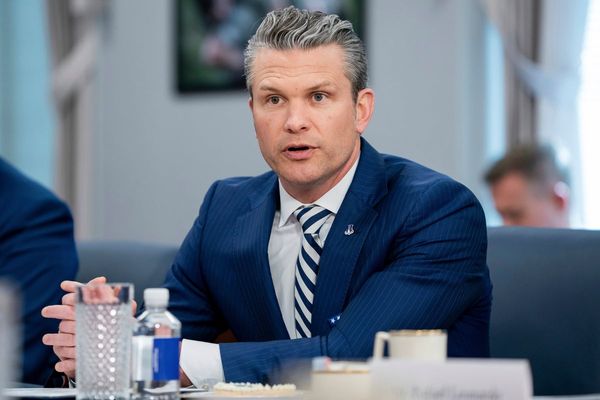For a few months of the year the stretch of water from Redhead Bluff to Nobbys Head is colloquially known as humpback highway as whales make their annual trip north.
About 35,000 whales are expected to pass by the Hunter coastline during May, June and July as they head from Antarctica to warmer waters in tropical north Queensland.
CoastXP took the Herald out on the water on Wednesday (also known as hump day) to catch a glimpse of the majestic mammals ... along with a few fur seals catching a ride on the back of a ship.
After the weekend's big swells, CoastXP founder and managing director Dominic May said the whales tended to stick further offshore, but in smoother waters they can be literally metres from Redhead Bluff.








"We go alongside the whales, not head on," he said. "We want to have minimal interruption on their migration - we're purely observant.
All passengers on board play a role in spotting the the sea creatures as they come up for air, spouting water from their blowholes.
"A bit of wind of the surface is ideal," Mr May said. "It makes their blow really forceful."
With the ability to hold their breath for up to 20 minutes, the whales can be hard to spot again when they go underwater but a juvenile male put on a bit of a show with some tail slapping - more technically known as a peduncle throw.
"There's a few reasons they might do this," Mr May said.
"One is communication. It's obviously making quite a loud noise underwater that will signal to other humpbacks in the area whereabouts it is."
The 5000 kilometre migration takes the whales about three months. They then have a rest, the females birth their calves before they return south from about September.
"They feed down the coastline - a mother might feed her calf 500 litres of milk in a day," Mr May said.
This is the first whale migration since Australia's borders have reopened after COVID-19.
Mr May said the weather was playing the biggest factor at the moment - with ideal conditions needed to get out into deeper waters.
But he said the interest in the encounter tours was strong from people both far and wide.
"We're primarily seeing domestic travellers," Mr May said. "Melbourne, Brisbane and Western NSW.
"But we're also starting to see some from overseas like the UK and Singapore."
Daryn McKenny from Miromaa Aboriginal Language Centre and ORRCA was one of those on board on Wednesday.
He said humpbacks had been spotted migrating as early as March.
"We're documenting the whales. We want to see how they track, where and how many there are," he said.
Mr McKenny said he also used a hydrophone in the water to record whale songs sung by the males.
"It's absolutely incredible to hear," he said. "There's verses, chorus and everything."







